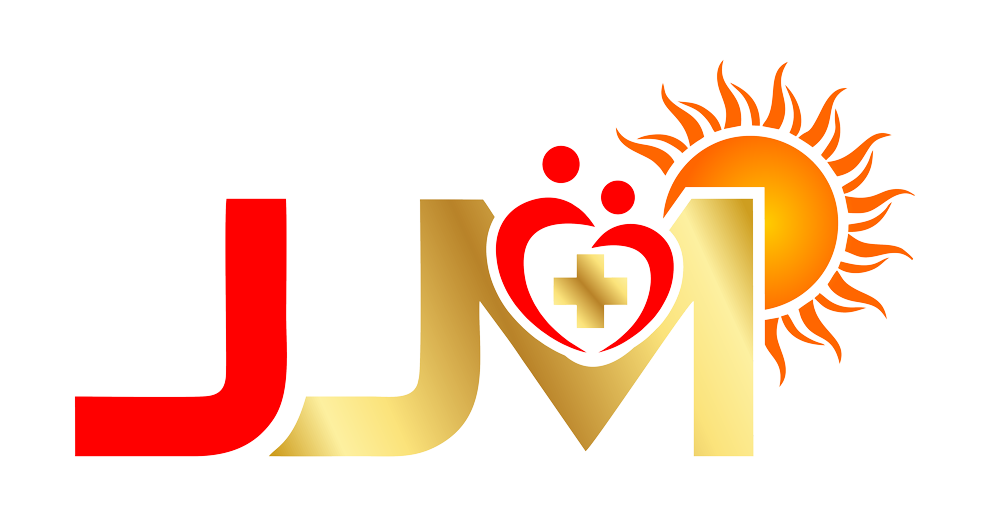Dental Billing and Coding
COURSE INFORMATION AND FEATURES
Train with AAPC to begin your career as a dental coder. We’ll have you ready for your bright future in just months with our Dental Billing and Coding Course. Start today and get set to earn up to $64,000 annually as a dental insurance biller and coder.
The Dental Billing and Coding Course walks students through CPT®️, ICD-10-CM, and HCPCS Level II code sets, as well as CDT®️ — or Current Dental Terminology — coding. You’ll learn reporting and billing essentials, as well as how to cross code dental services for medical insurance reimbursement.
- Navigate the Intricacies of Dental Service and Procedure Reporting
- Preventive Dentistry
- Restorative Dentistry
- Endodontics
- Periodontics
- Prosthodontics (fixed and removeable)
- Maxillofacial Prosthetics
- Implant Services
- Oral and Maxillofacial Surgery
- Orthodontics
- Adjunctive General Services

The exam
Who Should Take AAPC’s Dental Billing and Coding Training Course?
Dental coders and students preparing for a career in dental billing and coding need reliable coding skills. Additionally, dental coders must be able to understand clinical documentation to correctly assign CDT®️, CPT®️, ICD-10-CM, and HCPCS Level II codes to billable services performed in the dentist office.
Dental billers responsible for precertification need both coding and payer contract knowledge. Without a solid foundation in these areas, it’s difficult to provide the correct codes when contacting the insurance company to contest a denial.
Medical coders interested in working in dentistry require specialized training to understand Current Dental Terminology (CDT®️) and how to cross code for dental and medical payers.
Dental hygienists and dental assistants who perform billable services such as prophylaxis, venipuncture, injections, X-rays, and lab services should take this training to learn the latest documentation guidelines and help keep their claims on track for full reimbursement.
Dentists are ultimately responsible for documentation of dental and medical services, which means they have the biggest impact on coding and billing and practice revenue. Dentists who understand documentation and coding requirements can boost their bottom line.
Course Contents
Dental-related anatomy and medical terminology
Overview of ICD-10-CM coding for dental conditions as well as other conditions seen in dentistry
Overview of dental conditions related to neoplasms and the digestive system
Introduction to CPT®️, HCPCS Level II, and modifiers
CDT®️ coding by section
Billing and Revenue Cycle
Claim forms
Cross Coding
Overview of sleep apnea, TMJ, tissue abnormalities, and third molar extractions
Dental coding final assessment
Additional Information
Knowledge of medical terminology and anatomy recommended
Includes certificate of completion
13 CEUs upon completion (One-time use only)
Download course syllabus (PDF)
Course Objectives
Identify the purpose of the CDT®️, CPT®️, ICD-10-CM, and HCPCS Level II code books
Understand and apply the Official ICD-10-CM Guidelines for Coding and Reporting related to conditions seen in dentistry
Apply coding conventions when assigning diagnoses and procedure codes
Identify and define the CDT®️ categories of service
Explain and contrast the dental and medical billing and revenue cycle process
Assign codes for dental services using CDT®️, CPT®️, ICD-10-CM, and HCPCS Level II codes
Identify basic dental and oral cavity anatomy
Apply dental terminology and universal tooth numbering system
